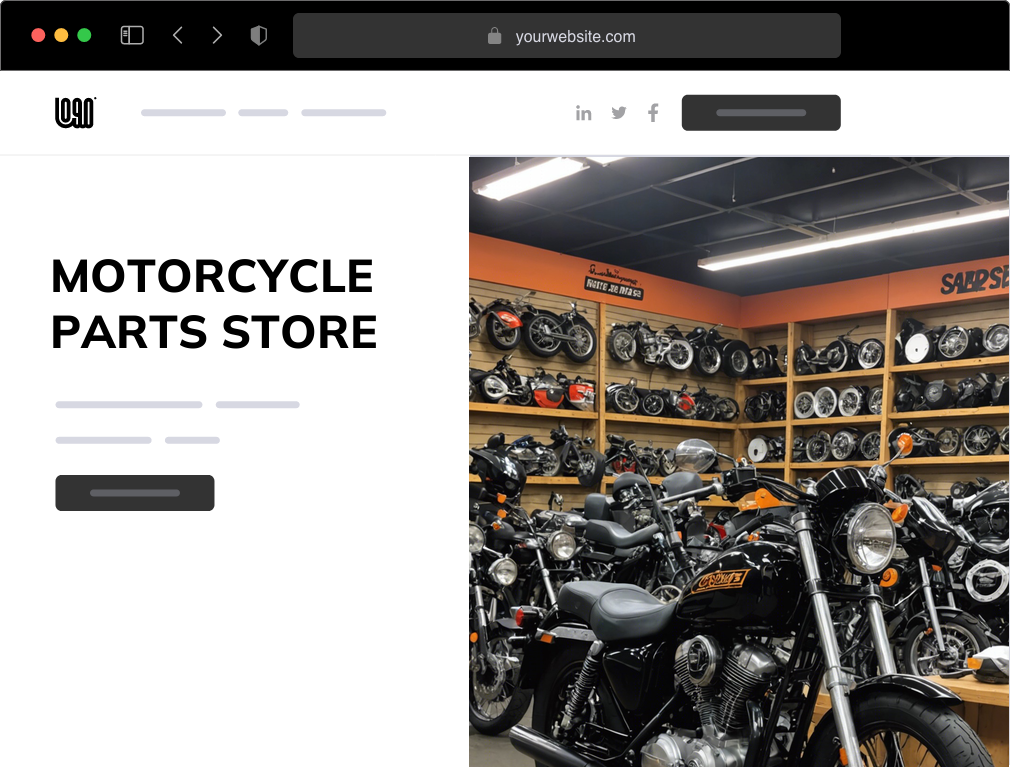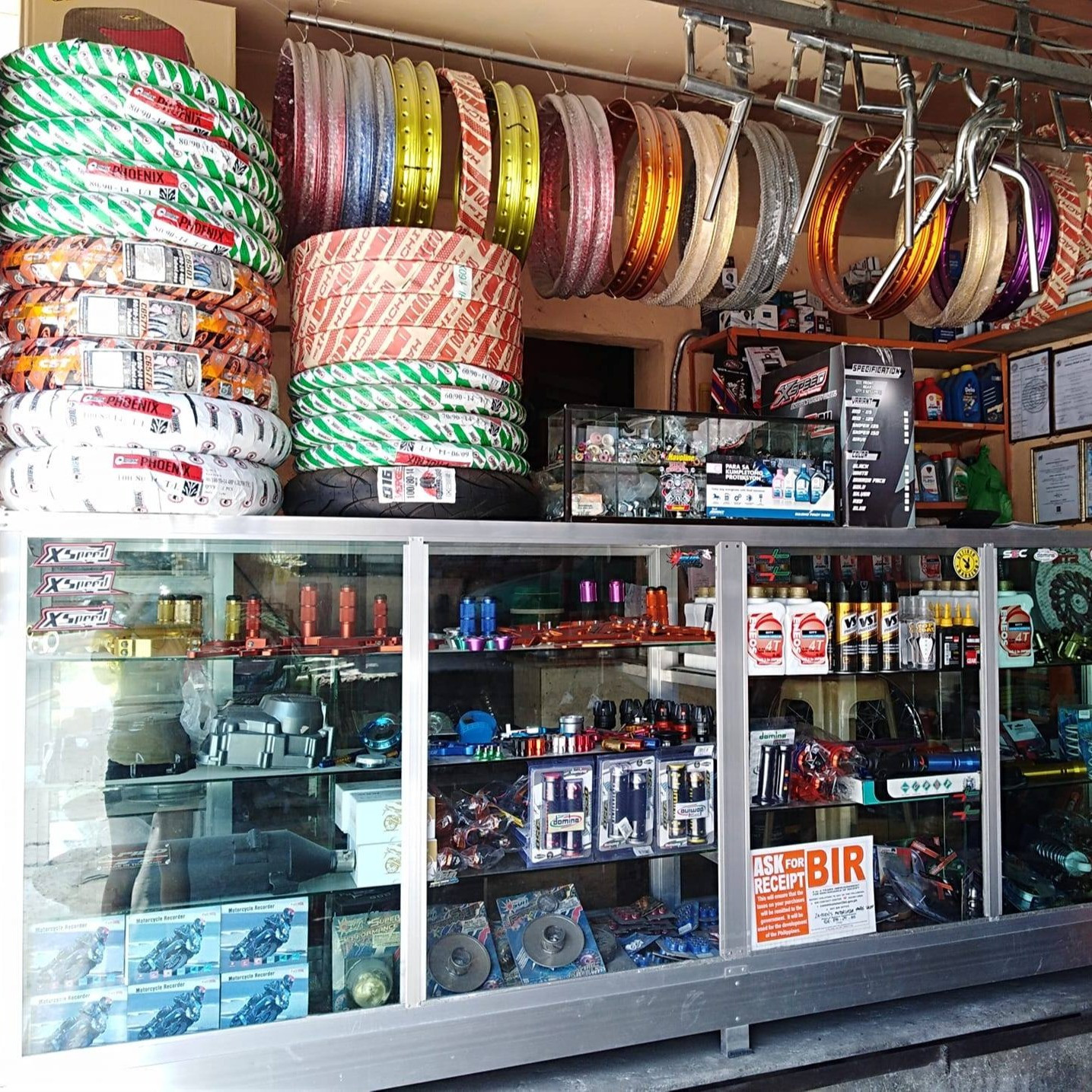Discover the most up to date Motocross Gear NZ for every single Degree of Rider
Discover the most up to date Motocross Gear NZ for every single Degree of Rider
Blog Article
Comprehending the Important Parts of a Motorbike: A Comprehensive Guide for Lovers
For motorbike enthusiasts looking to boost their riding experience and guarantee their bikes run smoothly, comprehending the necessary elements of a motorbike is critical. Each element, from the engine's intricate operations to the vital function of the stopping systems, not just influences efficiency however likewise security and convenience.
Engine Components

The camshaft plays a crucial duty in managing the timing of the engine's shutoffs, ensuring the specific opening and closing required for reliable gas and air intake, along with exhaust expulsion. This timing is crucial to preserving ideal engine efficiency and effectiveness. In addition, the carburetor or gas shot system, relying on the bike version, is accountable for blending air with gas in the proper proportion for burning.
The air conditioning system, either air or liquid-based, functions to preserve the engine's temperature within operational limitations, stopping getting too hot and ensuring durability - motorbike shop. Each part, meticulously developed and integrated, contributes to the smooth operation of the engine, specifying the motorcycle's power output and overall performance
Transmission System
Important to the motorbike's performance, the transmission system makes sure reliable power transfer from the engine to the wheels. This system consists of a number of essential parts, including the clutch, gearbox, and last drive, each playing a crucial function in translating the engine's power right into motion. The clutch, usually operated by a hand bar, offers to engage and disengage the engine from the transmission, enabling for smooth gear adjustments and controlled acceleration.
The transmission, typically referred to as the transmission correct, contains a collection of gears that riders can by hand move through to readjust the bike's rate and torque outcome. These gears are arranged in a series that enables the motorcycle to increase efficiently and preserve ideal engine performance across different rates. The majority of motorcycles make use of a sequential gearbox, needing the cyclist to shift equipments in a fixed order.
Braking Mechanisms
While recognizing the transmission system is essential to utilizing a bike's power, equally vital is the ability to manage and quit that power efficiently, which is where stopping mechanisms come into play. Brakes are essential for safety and security and performance, supplying the rider with the needed control to navigate different terrains and conditions. Typically, motorbikes feature two sorts of braking systems: disc brakes and drum brakes.
Disc brakes are extra prevalent in modern motorbikes as a result of their superior performance. They contain a brake disc, caliper, and pads. When triggered, the caliper presses the brake pads versus the spinning disc, converting kinetic energy into warm, consequently reducing the wheel. This system supplies far better heat dissipation, consistent performance, and enhanced stopping power, particularly in damp problems.
Alternatively, drum brakes, though less usual, are still discovered in some motorbikes. They work by pressing brake shoes versus the internal surface area of a drum affixed to the wheel. While normally much less effective in warm dissipation and stopping power, drum brakes are easier and much more economical.
Recognizing these stopping systems' nuances allows riders to keep their motorbikes appropriately and value the engineering that ensures secure and reliable quiting.
Suspension and Steering
Suspension and steering systems are essential parts that significantly affect a motorbike's handling and ride comfort. The shock absorber, containing forks at the front and shock absorbers at the rear, soaks up road irregularities, boosting stability and control. Front forks, generally telescopic or upside down, compress and rebound to minimize effects, try this out while rear shock absorbers preserve tire contact with the roadway, essential for grip and security.
Steering, focused around the handlebars, links the rider to the bike's directional control. The steering head bearings make certain smooth procedure, enabling precise maneuverability. Appropriate placement and upkeep of these bearings are critical for predictable guiding action and reducing motorcyclist fatigue.
The suspension's adjustability is one more critical element; preload, damping, and rebound setups allow personalization to suit different riding designs and conditions. This adaptability is necessary for optimizing efficiency, whether browsing urban streets or taking on sturdy trails. Technologies like electronic suspension systems use real-time adjustments, improving experience top quality across diverse terrains.

Electrical Equipments
After ensuring a smooth and regulated adventure through efficient suspension and steering systems, interest transforms to the electrical systems, a critical facet of modern motorbikes. These systems play a vital duty not just in starting the engine however likewise in powering different elements that improve the performance and security of the motorbike.
At the heart of a motorbike's electrical system is the battery, which shops electric power needed for starting the engine and powering supporting systems - motocross parts nz. The generator or generator, coupled with the rectifier-regulator, makes sure the battery continues to be billed while the motorbike is in procedure, converting mechanical power right into electric energy and maintaining voltage levels
The ignition system, an additional critical part, is liable for stiring up the air-fuel combination in the engine's cyndrical tubes. Modern motorbikes typically utilize an electronic ignition system, offering better performance and dependability compared to traditional systems.
Lights systems, consisting of fronts lights, tail lights, and indicators, are also essential, making certain exposure and safety for the rider. Added electronic components such as sensing units, control devices, and shows add to advanced attributes like fuel injection management, anti-lock braking systems (ABDOMINAL MUSCLE), and electronic dashboards, further boosting the riding experience.
Final Thought
A thorough understanding of a bike's vital parts, including the engine, transmission system, braking devices, suspension, steering, and electric systems, is essential for fanatics aiming to maximize safety and security, convenience, and performance. Proficiency of these components enables notified decisions relating to upkeep and upgrades, ultimately enhancing the riding experience. By integrating this understanding, motorcyclists can guarantee their bikes run at peak efficiency and reliability, therefore maximizing both enjoyment and longevity of their cars.
For motorbike lovers looking to raise their riding experience and ensure their bikes run smoothly, understanding the necessary motorcycle store near me parts of a bike is vital.Indispensable to the motorcycle's capability, the transmission system makes certain effective power transfer from the engine to the wheels.While comprehending the transmission system is crucial to harnessing a motorcycle's power, similarly essential is the capability to manage and quit that power properly, which is where stopping devices come right into play. Typically, motorcycles feature two kinds of stopping systems: disc brakes and Check Out Your URL drum brakes.
A detailed understanding of a motorbike's important components, including the engine, transmission system, braking mechanisms, suspension, steering, and electric systems, is important for enthusiasts aiming to optimize convenience, security, and performance.
Report this page